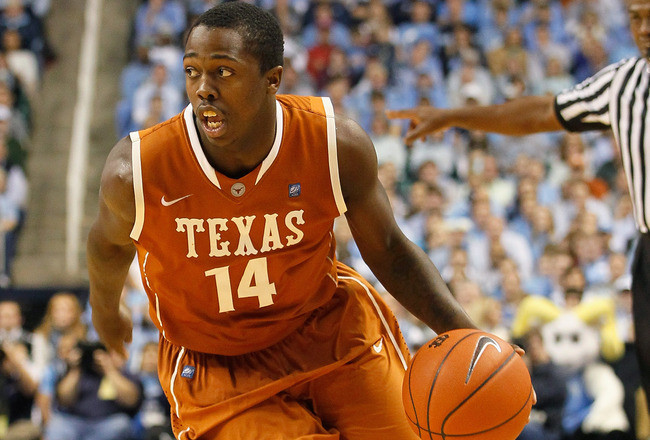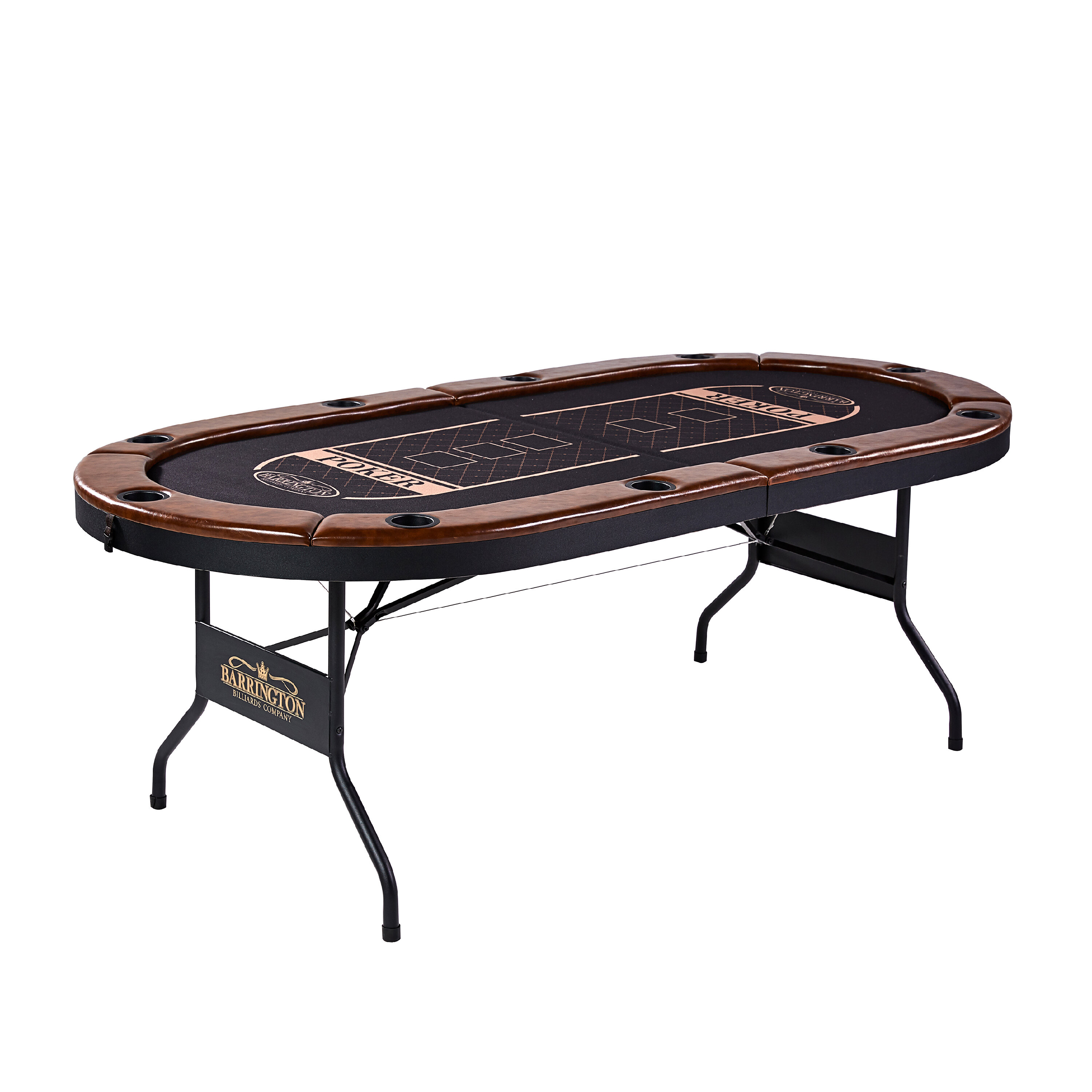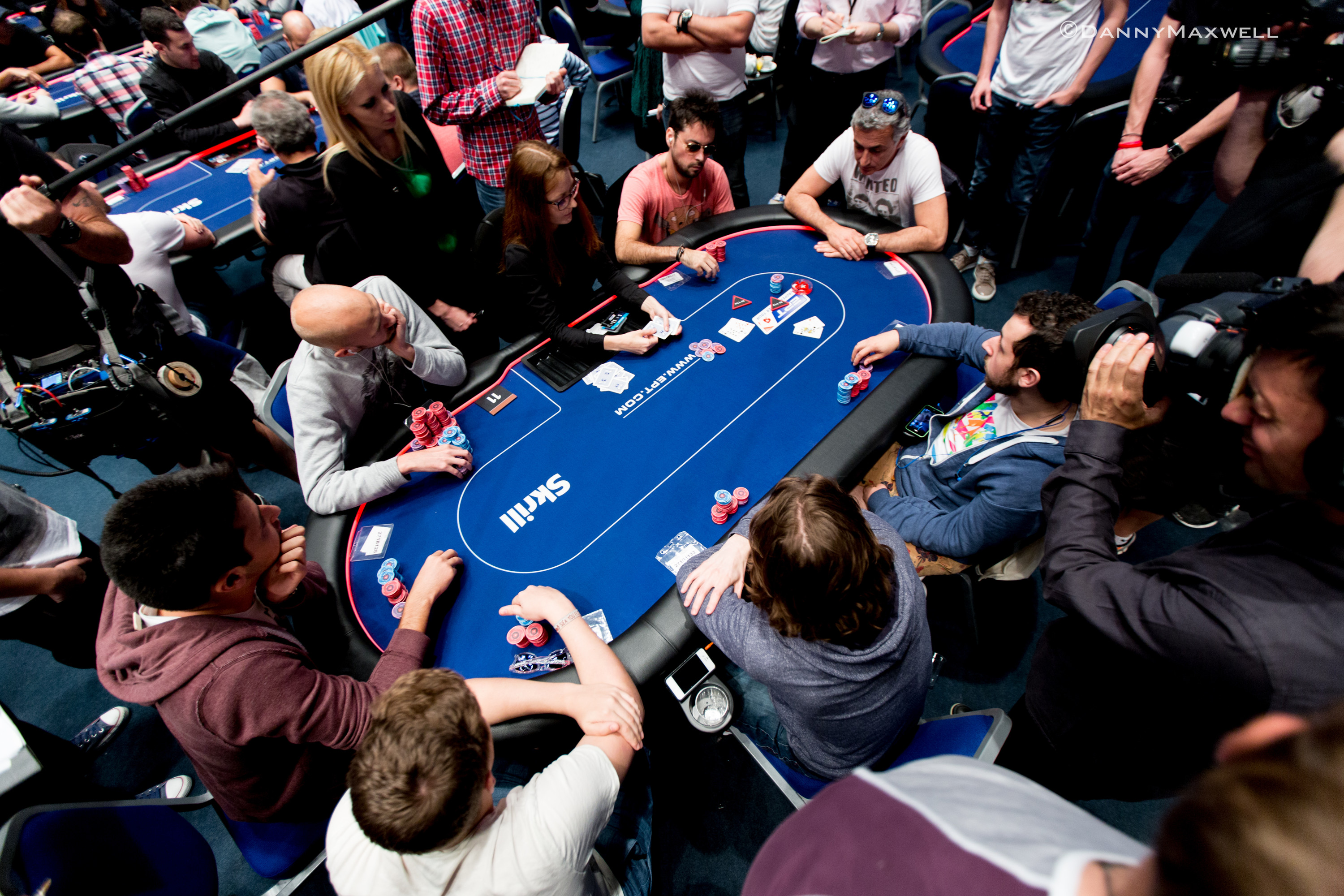- Texas Holdem No Sign Up
- Computer Texas Holdem Free
- How Many Players Needed For Texas Hold'em
- How Many Players At Poker Texas Hold'em
Remember, poker is a battle royale. When you prepare to don your battle armor, be. A lot of Texas Hold 'Em strategy is based on the cards in your hand. You must be willing to suffer through a series of poor hands (e.g. 5-8, 2-6, 4-9) without getting impatient. You must be willing to suffer through a series of poor hands (e.g. 5-8, 2-6, 4-9) without getting impatient. Texas Hold'em is usually played with no ante, but with blinds. When there are more than two players, the player to dealer's left places a small blind, and the next player to the left a big blind. The big blind is equal to the minimum bet and the small blind is typically half that amount.
In the poker game of Texas hold 'em, a starting hand consists of two hole cards, which belong solely to the player and remain hidden from the other players. Five community cards are also dealt into play. Betting begins before any of the community cards are exposed, and continues throughout the hand. The player's 'playing hand', which will be compared against that of each competing player, is the best 5-card poker hand available from his two hole cards and the five community cards. Unless otherwise specified, here the term hand applies to the player's two hole cards, or starting hand.
Essentials[edit]
There are 1326 distinct possible combinations of two hole cards from a standard 52-card deck in hold 'em, but since suits have no relative value in this poker variant, many of these hands are identical in value before the flop. For example, A♥J♥ and A♠J♠ are identical in value, because each is a hand consisting of an ace and a jack of the same suit.
Therefore, there are 169 non-equivalent starting hands in hold 'em, which is the sum total of : 13 pocket pairs, 13 × 12 / 2 = 78 suited hands and 78 unsuited hands (13 + 78 + 78 = 169).
These 169 hands are not equally likely. Hold 'em hands are sometimes classified as having one of three 'shapes':
- Pairs, (or 'pocket pairs'), which consist of two cards of the same rank (e.g. 9♠9♣). One hand in 17 will be a pair, each occurring with individual probability 1/221 (P(pair) = 3/51 = 1/17).
Texas Holdem No Sign Up
- Alternative means of making this calculation
- First Step
- As confirmed above.
- There are 1326 possible combination of opening hand.
- Second Step
Computer Texas Holdem Free
- There are 6 different combos of each pair. 9h9c, 9h9s, 9h9d, 9c9s, 9c9d, 9d9s. Therefore, there are 78 possible combinations of pocket pairs (6 multiplied by 13 i.e. 22-AA)
- To calculate the odds of being dealt a pair

- 78 (the number of any particular pair being dealt. As above) divided by 1326 (possible opening hands)
- 78/1326 = 0.058 or 5.8%

- Suited hands, which contain two cards of the same suit (e.g. A♣6♣). 23.5% of all starting hands are suited.
Probability of first card is 1.0 (any of the 52 cards)Probability of second hand suit matching the first:There are 13 cards per suit, and one is in your hand leaving 12 remaining of the 51 cards remaining in the deck. 12/51=.2353 or 23.5%
- Offsuit hands, which contain two cards of a different suit and rank (e.g. K♠J♥). 70.6% of all hands are offsuit hands
Offsuit pairs = 78Other offsuit hands = 936
/close-up-of-poker-player-s-hands-157418183-5c42653146e0fb00010f505c.jpg)
It is typical to abbreviate suited hands in hold 'em by affixing an 's' to the hand, as well as to abbreviate non-suited hands with an 'o' (for offsuit). That is,
- QQ represents any pair of queens,
- KQ represents any king and queen,
- AKo represents any ace and king of different suits, and
- JTs represents any jack and ten of the same suit.
Limit hand rankings[edit]
Some notable theorists and players have created systems to rank the value of starting hands in limit Texas hold'em. These rankings do not apply to no limit play.
Sklansky hand groups[edit]
David Sklansky and Mason Malmuth[1] assigned in 1999 each hand to a group, and proposed all hands in the group could normally be played similarly. Stronger starting hands are identified by a lower number. Hands without a number are the weakest starting hands. As a general rule, books on Texas hold'em present hand strengths starting with the assumption of a nine or ten person table. The table below illustrates the concept:
Chen formula[edit]
The 'Chen Formula' is a way to compute the 'power ratings' of starting hands that was originally developed by Bill Chen.[2]
- Highest Card
- Based on the highest card, assign points as follows:
- Ace = 10 points, K = 8 points, Q = 7 points, J = 6 points.
- 10 through 2, half of face value (10 = 5 points, 9 = 4.5 points, etc.)
- Pairs
- For pairs, multiply the points by 2 (AA=20, KK=16, etc.), with a minimum of 5 points for any pair. 55 is given an extra point (i.e., 6).
- Suited
- Add 2 points for suited cards.
- Closeness
- Subtract 1 point for 1 gappers (AQ, J9)
- 2 points for 2 gappers (J8, AJ).
- 4 points for 3 gappers (J7, 73).
- 5 points for larger gappers, including A2 A3 A4
- Add an extra point if connected or 1-gap and your highest card is lower than Q (since you then can make all higher straights)
Phil Hellmuth's: 'Play Poker Like the Pros'[edit]

Phil Hellmuth's 'Play Poker Like the Pros' book published in 2003.
| Tier | Hands | Category |
|---|---|---|
| 1 | AA, KK, AKs, QQ, AK | Top 12 Hands |
| 2 | JJ, TT, 99 | |
| 3 | 88, 77, AQs, AQ | |
| 4 | 66, 55, 44, 33, 22, AJs, ATs, A9s, A8s | Majority Play Hands |
| 5 | A7s, A6s, A5s, A4s, A3s, A2s, KQs, KQ | |
| 6 | QJs, JTs, T9s, 98s, 87s, 76s, 65s | Suited Connectors |
Statistics based on real online play[edit]
Statistics based on real play with their associated actual value in real bets.[3]
| Tier | Hands | Expected Value |
|---|---|---|
| 1 | AA, KK, QQ, JJ, AKs | 2.32 - 0.78 |
| 2 | AQs, TT, AK, AJs, KQs, 99 | 0.59 - 0.38 |
| 3 | ATs, AQ, KJs, 88, KTs, QJs | 0.32 - 0.20 |
| 4 | A9s, AJ, QTs, KQ, 77, JTs | 0.19 - 0.15 |
| 5 | A8s, K9s, AT, A5s, A7s | 0.10 - 0.08 |
| 6 | KJ, 66, T9s, A4s, Q9s | 0.08 - 0.05 |
| 7 | J9s, QJ, A6s, 55, A3s, K8s, KT | 0.04 - 0.01 |
| 8 | 98s, T8s, K7s, A2s | 0.00 |
| 9 | 87s, QT, Q8s, 44, A9, J8s, 76s, JT | (-) 0.02 - 0.03 |
Nicknames for starting hands[edit]
In poker communities, it is common for hole cards to be given nicknames. While most combinations have a nickname, stronger handed nicknames are generally more recognized, the most notable probably being the 'Big Slick' - Ace and King of the same suit, although an Ace-King of any suit combination is less occasionally referred to as an Anna Kournikova, derived from the initials AK and because it 'looks really good but rarely wins.'[4][5] Hands can be named according to their shapes (e.g., paired aces look like 'rockets', paired jacks look like 'fish hooks'); a historic event (e.g., A's and 8's - dead man's hand, representing the hand held by Wild Bill Hickok when he was fatally shot in the back by Jack McCall in 1876); many other reasons like animal names, alliteration and rhyming are also used in nicknames.
Notes[edit]

- ^David Sklansky and Mason Malmuth (1999). Hold 'em Poker for Advanced Players. Two Plus Two Publications. ISBN1-880685-22-1
- ^Hold'em Excellence: From Beginner to Winner by Lou Krieger, Chapter 5, pages 39 - 43, Second Edition
- ^http://www.pokerroom.com/poker/poker-school/ev-stats/total-stats-by-card/[dead link]
- ^Aspden, Peter (2007-05-19). 'FT Weekend Magazine - Non-fiction: Stakes and chips Las Vegas and the internet have helped poker become the biggest game in town'. Financial Times. Retrieved 2010-01-10.
- ^Martain, Tim (2007-07-15). 'A little luck helps out'. Sunday Tasmanian. Retrieved 2010-01-10.
How Many Players Needed For Texas Hold'em
- Hold Em Poker Tournament
Texas Hold Em Poker Tournament Payout structure decides how the prize pool in a poker tournament is shared between the winning players. The poker tournament payout is always shown at the online poker rooms or at the casinos on a board or TV before the tournament begins. This way, everyone knows what is being played for ahead of time.
If you are hosting a Texas Hold Em Home Poker Tournament, then we advise that you also print a poker tournament payout schedule ahead of the game and show it to all the players involved. This is the best way to avoid confusion and allow your home game to run like clockwork.
There is really no right or wrong when it comes to deciding on what poker tournament payout works best for you or your friends. The choice really comes down to the type of tournament you prefer. Do you want to host a tournament where the big prize goes to the winner who will leave with most of the money? Or do you want a tournament payout where the top finishers spread the money around a bit more evenly?
If you want the winner to get a lot of money and huge payday, you can decide on a winner-take-all payout structure or one where 2nd place gets their buy-in back and the winner gets everything else.
These types of structures are common in home games where the players want to play for a big prize. They are less common online and in casinos which prefer a more even structure.
The general rule of most poker tournament payout percentages and the easiest to follow is that 1st place is awarded 50% of the prize pool, 2nd place is awarded 30% and 3rd place is awarded 20%.
This is pretty simple to follow and does not require a chart. It can be improvised in just about any tournament without a problem and is the tournament payout structure that we recommend for its simplicity and effectiveness.
Below is a Texas Hold Em Poker Tournament Payout Chart:
Number of players | |||||
Place | 2 – 4 | 4 – 7 | 7 – 10 | 11 – 20 | 20 – 50 |
1st | 100% | 65% | 50% | 40% | 40% |
2nd | 35% | 30% | 30% | 25% | |
3rd | 20% | 20% | 20% | ||
4th | 10% | 10% | |||
5th | 5% | ||||
This poker tournament payout chart is our quick and easy guide to deciding on how the tournament prize pool will be split. If you wish to change the payout structures, feel free to modify it as you would like.
How Many Players At Poker Texas Hold'em
If you want the winner to get more money, add more to the top and take away from the bottom. If you want more people to win money and a smaller prize for the winner, then spread the winner’s money around to the lower places or add more places as you like.
Whatever you do, make sure that the Texas Hold Em Poker Tournament Payout is agreed on before the tournament starts!
Share This With Others:Return from Texas Hold Em Poker Tournament Payout to The Texas Hold Em Poker Club